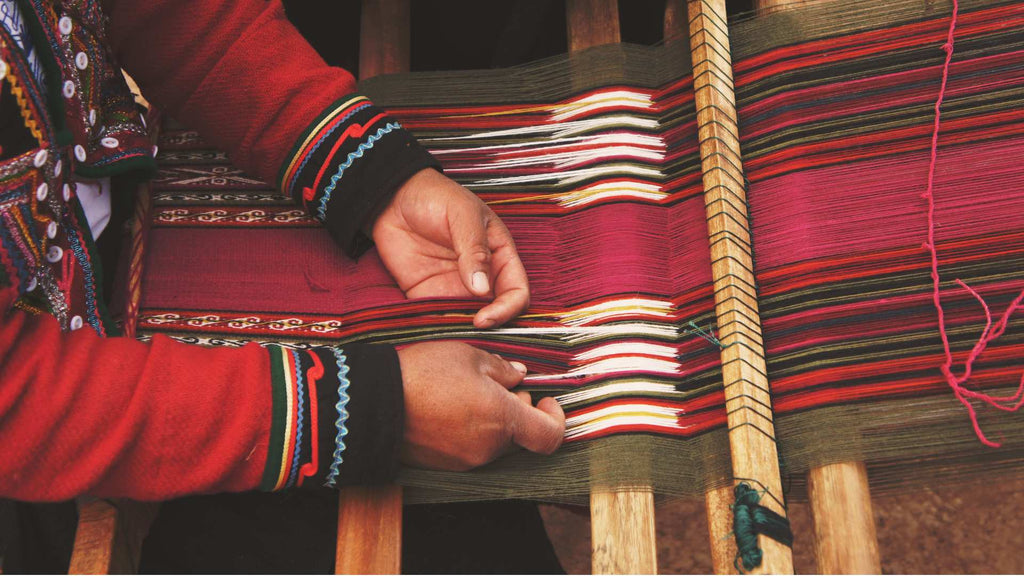Traditional South American Weaving Techniques

Exploring Traditional South American Weaving Techniques
South America boasts a rich tapestry of cultural heritage, with traditional weaving techniques playing a significant role in the continent's artistic and cultural expressions. From the Andean highlands to the Amazon rainforest, indigenous communities have preserved and passed down these intricate methods through generations. We delve into the fascinating world of South American weaving, highlighting its historical significance, unique techniques, and contemporary relevance.
The Historical Significance of South American Weaving
Ancient Origins
Weaving in South America dates back thousands of years, with archaeological evidence suggesting that textile production was integral to pre-Columbian civilizations. Cultures such as the Inca, Nazca, and Moche are renowned for their sophisticated weaving practices, which were often used to create textiles for both everyday use and ceremonial purposes.
Cultural Symbolism
Traditional South American textiles are more than mere fabric; they are imbued with deep cultural and spiritual significance. Patterns, colors, and materials often carry symbolic meanings, representing everything from social status and community identity to cosmological beliefs and mythological narratives.
Unique Weaving Techniques Across the Continent
Andean Backstrap Weaving
One of the most iconic techniques in South America is the Andean backstrap weaving. This method involves using a simple yet highly effective loom that is strapped to the weaver's back. The tension created by the weaver's body allows for precise control, resulting in beautifully detailed textiles. The use of alpaca and llama wool, dyed with natural pigments, adds to the uniqueness and beauty of these creations.
Peruvian Tapestry Weaving
In the highlands of Peru, tapestry weaving is a revered art form. Peruvian weavers are known for their intricate patterns and vibrant colors, achieved through a combination of skillful weaving and expert dyeing techniques. The resulting textiles are often used for clothing, blankets, and decorative pieces, reflecting the rich cultural heritage of the region.
Mapuche Loom Weaving
The Mapuche people of Chile and Argentina have their own distinct weaving traditions, which are characterized by the use of large wooden looms. Mapuche weavers create geometric patterns and motifs that are deeply rooted in their cultural identity. These textiles are not only functional but also serve as expressions of the Mapuche worldview and ancestral knowledge.
Amazonian Basket Weaving
In the Amazon rainforest, indigenous communities utilize natural fibers from palm leaves and other plants to create intricately woven baskets and mats. These items are essential for daily life, serving practical purposes while also showcasing the incredible craftsmanship and artistic sensibilities of the weavers.
The Contemporary Relevance of Traditional Weaving
Preservation of Cultural Heritage
In an era of rapid globalization and cultural homogenization, traditional South American weaving techniques play a crucial role in preserving cultural heritage. Many communities are actively working to keep these practices alive, ensuring that future generations can continue to learn and appreciate their ancestral arts.
Economic Empowerment
Traditional weaving has also become a means of economic empowerment for many indigenous communities. By creating and selling their textiles, artisans can generate income and achieve greater financial independence. Fairtrade initiatives and cooperatives have emerged to support these efforts, providing platforms for weavers to reach international markets.
Sustainable Fashion
The global fashion industry is increasingly recognizing the value of sustainable and ethically produced textiles. Traditional South American weaving offers a model for slow fashion, emphasizing quality, craftsmanship, and environmental responsibility. By choosing handmade, naturally dyed textiles, consumers can support sustainable practices and contribute to the preservation of cultural traditions.
Traditional South American weaving techniques are a testament to the continent's rich cultural diversity and artistic ingenuity. From the Andean highlands to the Amazon rainforest, these methods reflect centuries of accumulated knowledge, skill, and creativity. By appreciating and supporting traditional weaving, we not only honor the legacy of South America's indigenous communities but also contribute to a more sustainable and culturally vibrant future.
